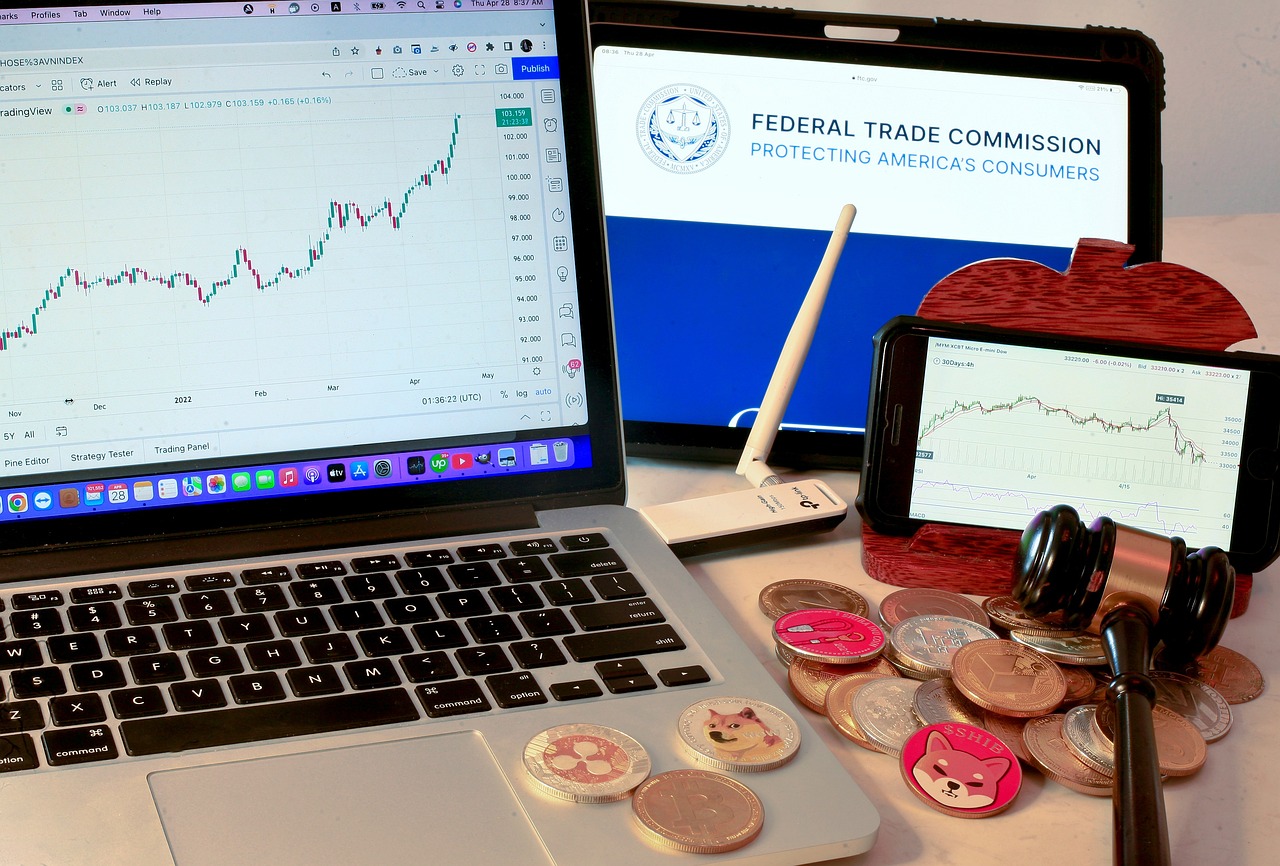
QRcode: How to Create a QR Code Link in Simple Steps
Some interesting stuff to research first:
- How To Outsmart a Romance Scammer
- America To See Unprecedented Surge In Online Shopping Scams On Black Friday And Cyber Monday
- All features for €2.29/mo
Get Surfshark
QR codes have become an essential tool for marketers, educators, and businesses that want to connect offline audiences to online content instantly. In this guide, you’ll learn how to generate a QR code link that directs users to any URL, a PDF, a social profile, or even a custom landing page—all in just a few clicks.
Why Use a QR Code Link?
Using a QR code link offers several advantages:
- Speed: Scan and go—no typing required.
- Trackability: Many generators provide analytics on scans.
- Versatility: Works on print, screens, and packaging.
Step‑by‑Step Guide to Create a QR Code Link
1. Choose a Reliable QR Code Generator
There are many free and paid options such as qr-code-generator.com, qrstuff.com, and goqr.me. Pick one that offers:
- Customizable designs (colors, logos, shapes)
- Analytics dashboard (optional but useful)
- High‑resolution output (SVG or PNG)
2. Enter the Destination URL
Paste the exact web address you want users to land on. If you need a dynamic QR code (editable later), select that option before proceeding.
3. Customize the Appearance (Optional)
Make your QR code stand out by adjusting:
- Color: Match your brand palette.
- Logo: Insert a small logo at the center.
- Pattern: Choose rounded corners or dot patterns for a modern look.
4. Generate and Test the QR Code
Click the “Create QR Code” button. Once the image appears, scan it with a smartphone camera or a QR‑reader app to ensure it redirects correctly. Testing prevents broken links on printed materials.
5. Download the QR Code File
Save the code in the format you need:
- PNG/JPEG: Ideal for web use.
- SVG/PDF: Best for high‑resolution print.
6. Track Performance (If Available)
If you chose a dynamic QR code, log into the generator’s dashboard to monitor:
- Number of scans
- Geographic location of users
- Device type (mobile vs. desktop)
Tips for SEO‑Friendly QR Codes
While QR codes themselves don’t affect SEO directly, they can boost user engagement, which is a ranking signal. To keep them SEO‑friendly:
- Use descriptive anchor text when linking the QR code image on a webpage.
- Include alt attributes like
alt="QR code linking to our summer catalog". - Place the QR code near relevant content, ensuring context for both users and search engines.
By following these steps, you’ll create a functional, attractive QR code link that drives traffic, captures data, and enhances the overall user experience.
**Please help us grow and share this article with your friends 🙏 😊





Posted Comments